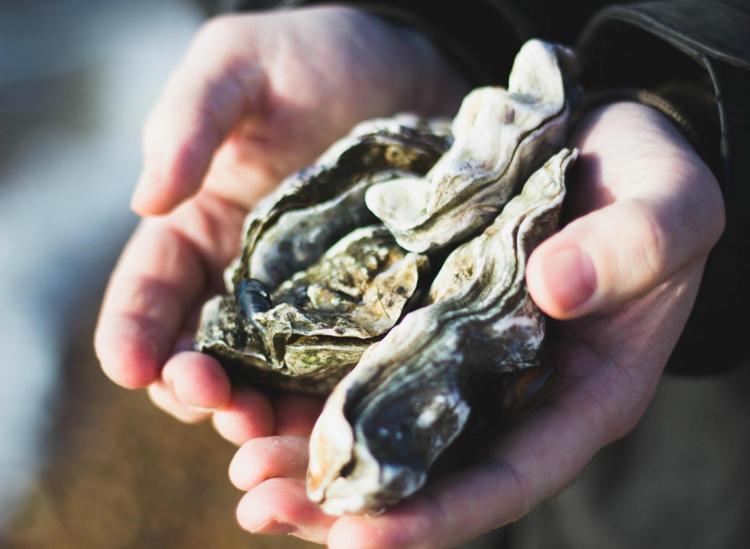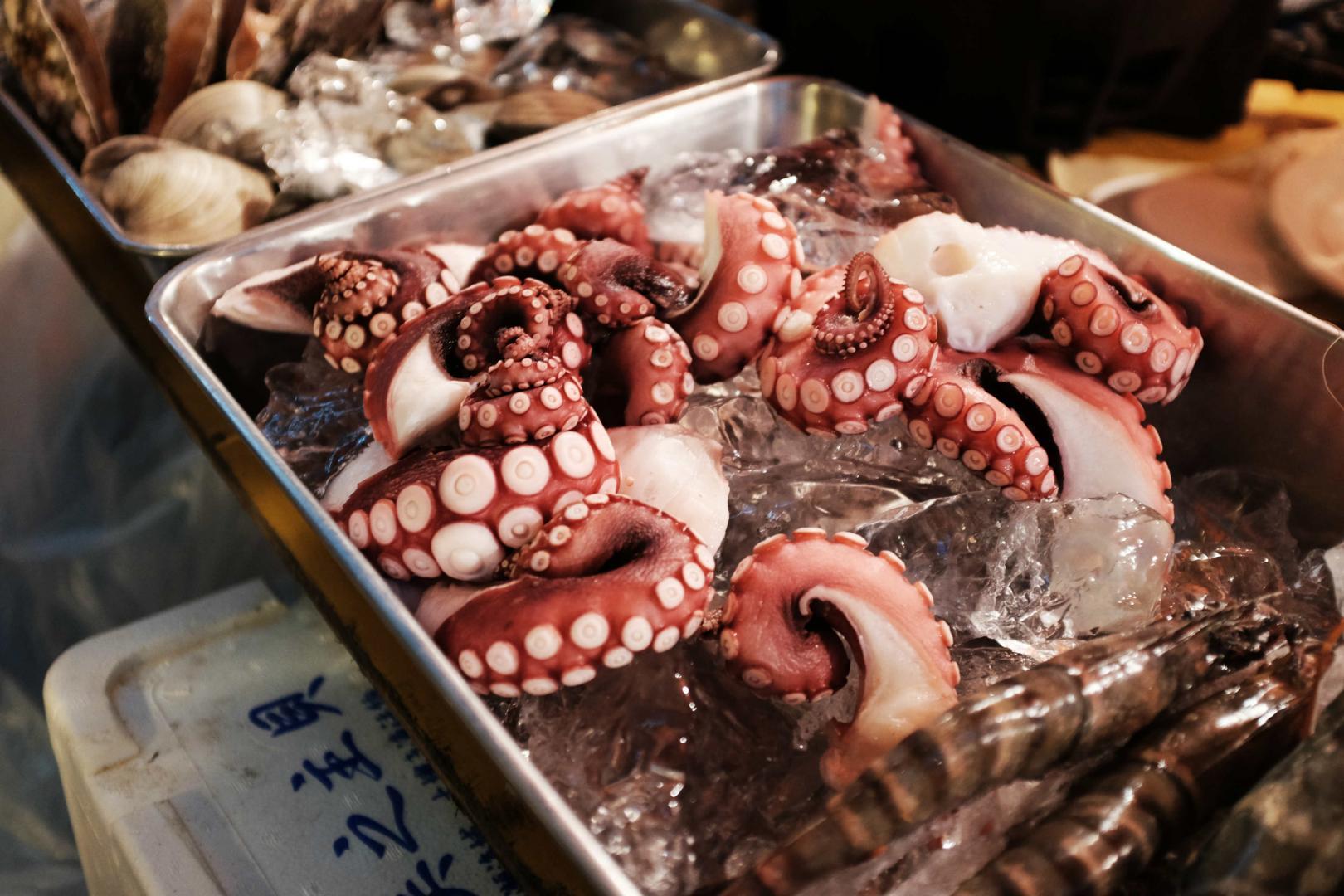Here’s How Restaurants Can Easily Source Their Seafood Sustainably

Unsplash
Sustainability and food waste go hand in hand — reducing food waste can help to create sustainable patterns of food production and consumption. While there are many definitions of sustainability, on a large scale, it means figuring out ways to meet present needs without compromising the ability of future generations to meet their own needs.
The restaurant industry specifically has a huge problem with food waste, and it’s important that it figures out how to make its businesses more sustainable. Seafood is a great place to start.
The James Beard Foundation, which is a non-profit culinary program that celebrates America’s food culture, created a program for sustainable seafood called Smart Catch. According to JBF, more than 90 percent of the world’s fisheries are fully fished or overfished. It’s really important, now more than ever, that chefs and restaurants work to preserve marine life. Smart Catch is a simple program that provides training and support to chefs so that they can serve seafood that’s either fished or farmed in environmentally responsible ways.

Unsplash
Chefs can help influence the industry by maintaining healthy and sustainable food sources, now and for future generations. When a restaurant has the Smart Catch emblem, consumers can feel confident in the food they’re eating and learn to support those restaurants. If a chef or restaurant wants to join this initiative, all they have to do is contact the program. Restaurants all over the country have already committed. It’s an easy way for people in the food industry to get involved and dive head first into sustainability.
Companies like Luke’s Lobster pride themselves on traceable and sustainable seafood. They do this by following guidelines on how big or small the lobster can be when it’s caught and by throwing back female lobsters bearing eggs. With shrimp, there’s a limit to how many can be caught annually and they won’t go over that quota. There are all kinds of sustainable guidelines made for fisherman so that our resources don’t become depleted.

Unsplash
One of the biggest problems that the American restaurant industry faces is food waste. A 2014 study conducted by Business for Social Responsibility found that 84.3 percent of unused food in American restaurants ends up being thrown away. This problem will only get worse if restaurants don’t do their part to minimize waste.
Chefs can help by using every last bit of their ingredients, and restaurant staffs can live by the philosophy that everything should be used. Bones and tough cuts of meat are great ingredients for rich stocks and broths. Vegetable peels, stems and leaves are ideal for salads, pestos and garnishes. There’s a whole conference called Zero Waste Food dedicated to this subject. Culinary industry leaders gather there to focus on how we can discover better methods for the ways we produce, distribute, consume and dispose of food.
There’s no better time than the present to get involved and help be a part of this movement. So what are you waiting for?











